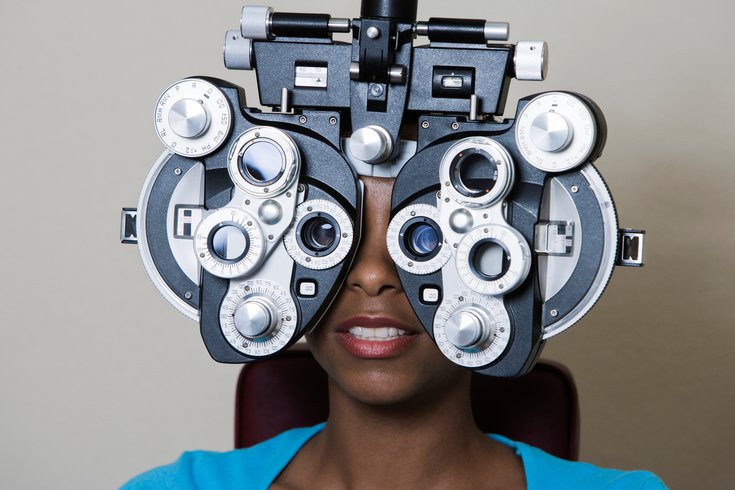
April 01, 2022
 Source/Image licensed from Ingram Image
Source/Image licensed from Ingram Image
Black and Hispanic diabetic patients are less likely than white patients to receive routine diabetic eye exams, a study finds. And they are more likely to have eye complications.
Diabetes-related blindness is the leading cause of preventable blindness cases among working-age adults in the United States. But only about half of diabetic patients receive dilated eye examinations regularly despite the recommendations of medical groups.
Racial and ethnic disparities in diabetic eye care may help explain this gap, a new study suggests. White diabetic patients were more likely to receive routine diabetic eye exams and participate in clinical services and diabetes self-management education.
Conversely, Hispanic patients had the highest prevalence of diabetic eye complications from 2009 to 2018, followed by Black patients and white patients, the researchers found. The rates of eye complications ranged from 12-19%.
More than 30% of white patients with eye complications completed all care recommended by the American Diabetes Association, a significantly higher percentage than among Hispanic and Black patients.
The study, conducted by researchers at the University of Houston, analyzed 10 years of survey data from 8,080 diabetic patients.
This research "not only documents the burden of diabetic eye complications at a national level, but also identifies why racial and ethnic minorities are disproportionally affected," said Sang Kyu Cho, a pharmaceutical health outcomes and policy professors.
The researchers urged health care providers and policymakers to promote interventions and educational programs to reduce the development of eye complications.
"Because diabetic eye complications are consequences of poorly managed diabetes over time, such racial/ethnic disparities in the prevalence of diabetic eye complications are likely entrenched in a more profound systemic inequality in health care access," said Wendy Harrison, an optometry professor at the University of Houston.
Several studies have previously assessed racial and ethnic disparities in the prevalence and management of diabetes, but research on diabetic eye complications has been limited.
In 2010, the National Eye Institute reported that Hispanic people age 50 and older had an 8% prevalence of diabetic retinopathy compared to a 5.4% prevalence among Black people and a 5.1% prevalence among white people. The number of Hispanic people with diabetic retinopathy is expected to triple from 1.2 million in 2010 to 5.3 million by 2050 while the prevalence among white people is expected to remain relatively stable.
Diabetic retinopathy is when high blood sugar levels cause damage to blood vessels in the retina. These blood vessels can swell and leak, or even close, preventing blood from passing through. Abnormal, new blood vessels also can grow on the retina. All of these changes can lead to visual impairment and blindness.
Additionally, the Los Angeles Latino Eye Study analyzed data from more than 6,000 Latinos, mostly Mexican Americans, over age 40. The researchers found Latinos developed visual impairment and blindness – from any cause – at the highest rate of any ethnic group in the country. Almost 3% developed visual impairment and 0.3% developed blindness in both eyes.
Latinos also were more likely to develop diabetic retinopathy than white people. Of the 1,064 Latinos with diabetes included in the analysis, 46.9% had some diabetic retinopathy and 6.1% showed signs of advanced disease. Over the four-year study, 34% of Latinos with diabetes developed diabetic retinopathy, with those ages 40-59 having the highest rate. The longer the duration of diabetes, the more likely the individual developed diabetic retinopathy.
Experts say racial and ethnic disparities in the prevalence of diabetic eye complication could be due to inequalities in screening for diabetic retinopathy and how quickly the condition is diagnosed. Access to care and co-existing medical conditions, such as high blood pressure, also may be factors.
In one study of 7,341 individuals diagnosed with diabetes, Hispanic patients had lower rates of having insurance coverage than white and Black patients. They also were less likely to have had an eye exam in the previous year and a blood pressure check. The researchers said the lack of insurance and socioeconomic status may partly explain some of the disparities in diabetic eye care.